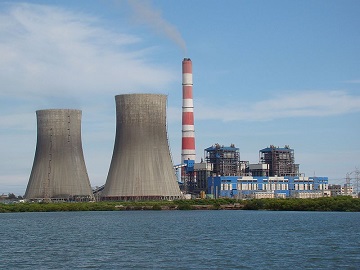600721 deep threat.jpg

Mercury is pumped into the atmosphere by coal-fired power plants, silver mines, and other facilities. Credit: NLC India Ltd., Wikipedia CC BY-SA 4.0
No place is safe. Trash and pollution make their way into just about every nook and cranny on Earth -- including the deep oceans. A few years ago, for example, explorers found a plastic bag in the Mariana Trench, the lowest spot on the entire planet. And in 2020, scientists reported that organisms in two ocean trenches contained high levels of mercury -- most of which was produced by human activities.
Mercury is pumped into the atmosphere by coal-fired power plants, silver mines, and other facilities. It can waft high into the air, where it can travel thousands of miles before settling to the land or oceans. It’s ingested by microscopic organisms. They convert it to an especially nasty form, known as methyl-mercury, which can cause birth defects and other health problems.
In the oceans, larger organisms eat the microscopic ones. So the mercury works its way through the food chain. When the larger organisms die, their remains drop to the bottom.
Researchers sampled life from depths of more than six miles in two trenches in the Pacific Ocean -- the Mariana and the Kermadec. And they found that levels of mercury in the sampled animals were similar to those found in fish from closer to the surface, where there should be more mercury. They also found that the mercury came mainly from human activities. That suggests that dead fish carry mercury from near the surface all the way to the bottom. So even the deepest parts of the oceans can’t escape this nasty element.

